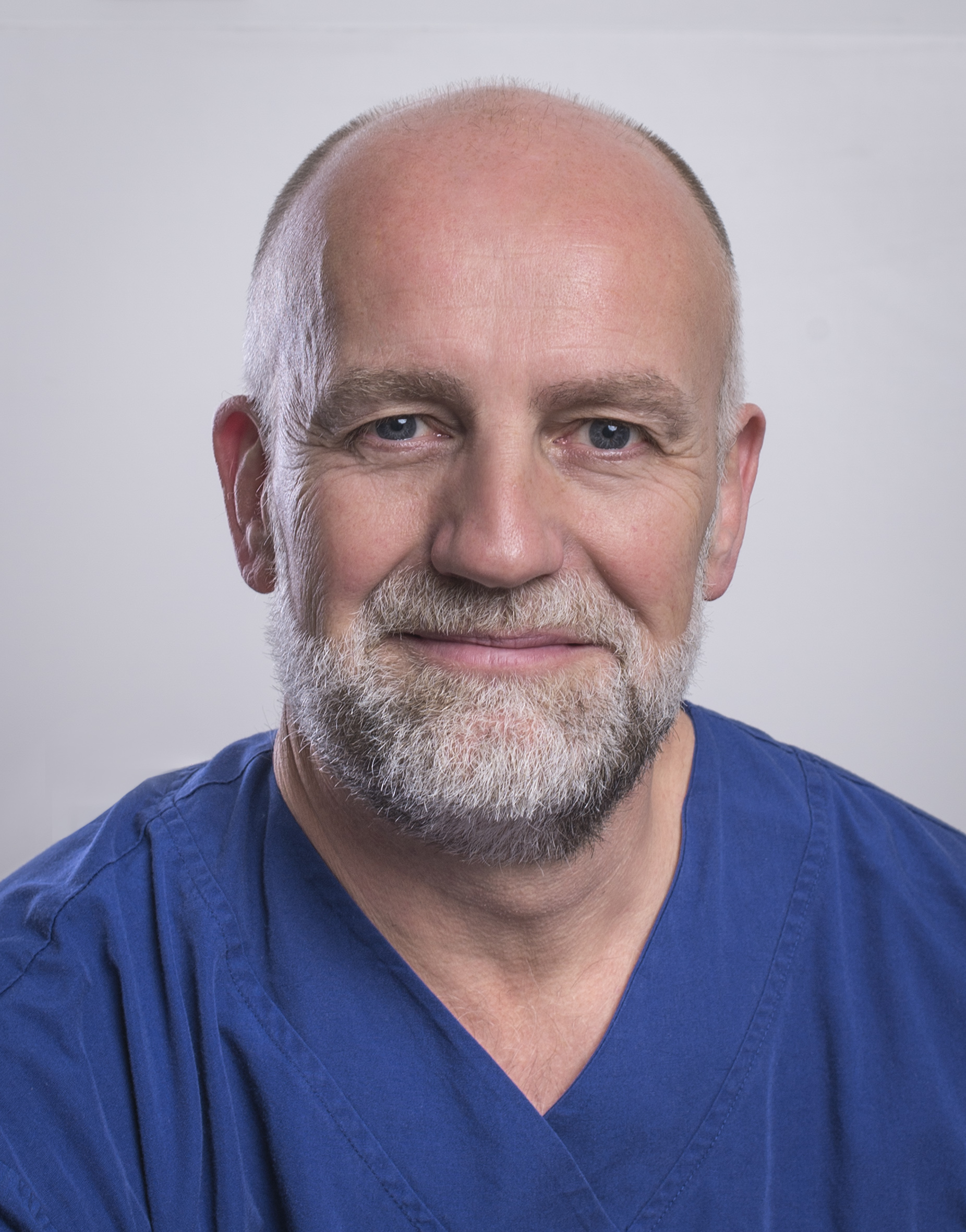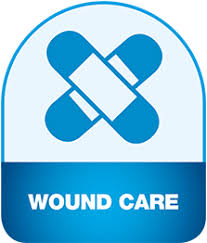
John Edward Greenwood AM
Royal Adelaide Hospital
Title: NovoSorb biodegradable temporising matrix (BTM) - Use in significant burns
Biography
Biography: John Edward Greenwood AM
Abstract
Introduction: The NovoSorb BTM is a completely synthetic bilayer material comprising a dermal component (2mm thick biodegradable polyurethane foam) bonded to a pseudoepidermis of non-biodegradable polyurethane film. Its primary function is to ‘temporise’ wounds, buying time for a definitive closure option to become available. Since the dermal foam becomes integrated and creates a neodermis, it is an ‘active’ temporiser, improving the wound bed for definitive closure.
Methods: To date, 18 patients with significant burns have been treated with BTM. Since the first, salient lessons regarding the application (contouring, cutting and fixing), dressing, monitoring, and timing of delamination and grafting have presented themselves. , The initial 5 patients were part of a pilot trial, the following two (involved in the Pinery Bushfire Disaster) and the subsequent 11 have been permitted by the Therapeutic Goods Administration (TGA) either under Special Access or Authorised Prescriber Schemes. In all cases a photographic (and sometimes video) record has been taken at every procedureand review and several cases will be discussed.
Results/Conclusions: The matrix integrated completely in almost all cases and graft take over integrated BTM was uniformly excellent. Several episodes of localized infection were treated by local manoeuvres, dressings and systemic antibiotics without removal or loss of the BTM. Some BTM required removal and replacement. The split skin grafts applied over integrated BTM varied from sheet graft to 1:3 mesh. Graft loss was rare and in all cases, mesh pattern faded, becoming invisible in some by 12 months. Functional and cosmetic outcomes (measured by POSAS and MAPS) have been significantly better than historical cases. Reconstruction within BTM areas has been limited to web space releases and simple flap release of unusual contracturebands. BTM is now our treatment of choice and has led to a recent paradigm shift in burn care at our institution.

